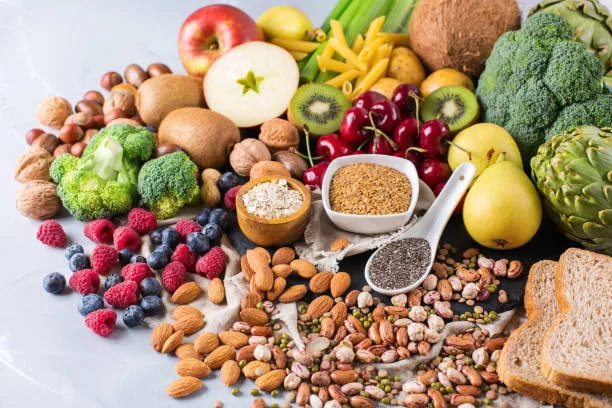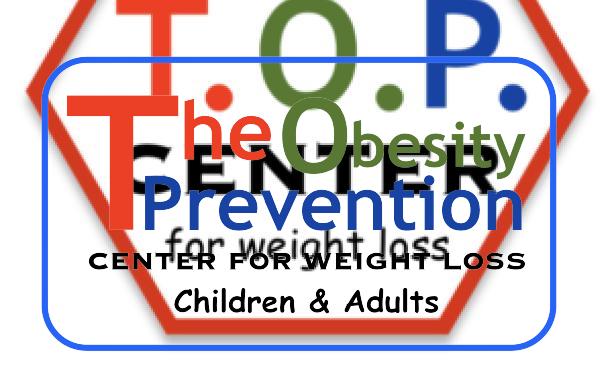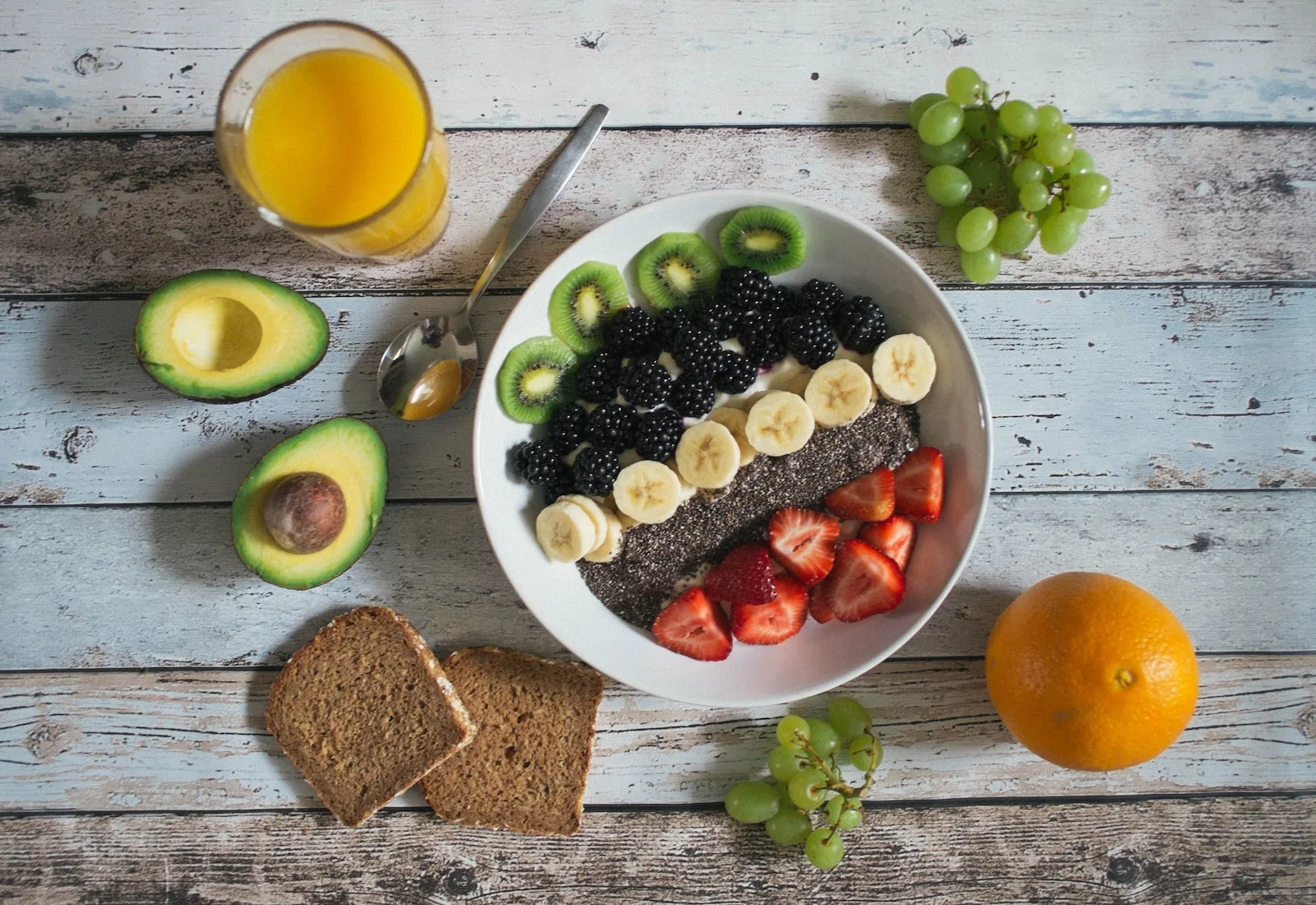Eating healthy and losing weight often starts with what’s on your plate. The cornerstone for success in your wellness journey is crafting wholesome, nutrient-rich meal plans. Dietary fiber reigns supreme among the various elements that contribute to overall health and vitality because of its exceptional benefits. This blog dives into the essence of feel-good meal prepping by exploring 8 fiber-packed ingredients that can elevate your nutrition and propel your weight loss goals. Let’s delve into these nutritious foundations for making satisfying, wholesome meals.

The Power of Fiber in a Nutshell
Dietary fiber is a complex carb found in plants that our bodies can’t fully break down. Although it passes through the digestive system mostly intact, fiber brings many health perks. By adding bulk to stool, fiber aids digestion and promotes regular bowel movements, improving gut health and reducing constipation. It also slows digestion, helping you feel fuller longer after eating. This satiating effect curbs cravings and controls portion sizes, aiding weight management.
Beyond digestive and weight loss benefits, fiber is vital for a balanced, nutritious diet. It helps regulate blood sugar and lower cholesterol. Fiber may also reduce inflammation and the risk for some chronic diseases like heart disease, stroke, and type 2 diabetes. Overall, fiber is an essential part of healthy eating patterns. When prepping your own meals, be sure to pack in plenty of high-fiber ingredients that provide nutrients while keeping you satisfied.
Whole Grains: Building Blocks of Sustenance
With their outer bran layer and inner germ intact, whole grains like quinoa, brown rice, oats, millet, barley, buckwheat, and rye are nutrient powerhouses. They offer many vitamins, minerals, protein, and antioxidants. Whole grains also boast plenty of gut-filling fiber – up to 10 times more than refined grains! Providing sustained energy while regulating digestion and curbing hunger, whole grains are very versatile. They can be incorporated into all types of dishes.
For breakfast, start your day energized with hearty oatmeal. Mix in fresh fruit, nuts, or seeds for crunch and antioxidants. Use whole grain wraps or bread for nutritious sandwiches at lunch. For dinner, serve delicious fiber-filled sides like barley, quinoa, or brown rice pilaf. You can also bake with whole grain flours for muffins, breads, and other treats. With so many options, reaping the endless benefits of whole grains is easy through versatile, delectable recipes!
Vibrant Veggies: Color Your Plate with Nutrients
From leafy greens to cruciferous wonders, vegetables provide dietary fiber and nutrients. Low in calories yet bursting with vitamins, minerals, and antioxidants, veggies are nutritional powerhouses to pile onto your plate.
Leafy greens like spinach, kale, lettuce, arugula, chard, and collards have abundant fiber that fills you up quickly. The vibrant hues of carrots, tomatoes, red cabbage, beets, and peppers provide antioxidant phytonutrients that reduce inflammation. Broccoli, cauliflower, Brussels sprouts, and cabbage offer glucosinolates that may inhibit cancer growth.
Blending veggies into juices, soups, and smoothies easily increases fiber and nutrient intake. Use spinach or kale instead of boring lettuce in salads, and pile on the raw or roasted veggies. Steam or sauté a mix of colorful veggies in broth or healthy oils when cooking sides. Mix them into pasta, casseroles, and more for an antioxidant and fiber boost. With so many tasty ways to prepare them, veggies should make up a large portion of your wholesome, plant-fueled plate.

Legumes and Pulses: Plant-Powered Protein
Beans, lentils, peas, and chickpeas – commonly called legumes and pulses – pack substantial protein. Ranging from around 7-15 grams per 1⁄2 cup cooked serving, they contain protein comparable to foods like chicken, eggs, and steak. But unlike animal protein, legumes are cholesterol-free and provide extra fiber, folate, iron, potassium, and magnesium.
With their high protein and fiber combo, legumes excel at keeping you feeling energized and satiated. Their low glycemic index stabilizes blood sugar while upregulating fat burning too. Studies show bean eaters weigh less and have smaller waistlines than non-consumers. Whether you prefer black, pinto, kidney, white, or garbanzo beans, there are so many nutritious legumes to enjoy.
Lentils are protein superstars that come in green, brown, yellow, red, and black hues. They hold their shape well and pair nicely with rice dishes, soups and stews. Chickpeas can be used similarly or whipped into hummus, providing a fiber and protein-filled dip or sandwich spread. With diverse choices, beans and legumes make it easy and tasty to reap their awesome nutritional benefits.
Fruits: Nature’s Sweet Fiber Bounty
For something naturally sweet, fresh, fiber-filled fruits can’t be beat. Berries, citrus fruits, pomegranates, apples, pears, bananas, figs, guava, and mangos have abundant vitamins, antioxidants, and fiber. The skin and pulp provide the most fiber, so don’t peel your produce!
Berries like strawberries, blueberries, blackberries, and raspberries have a unique trio of antioxidants that fight inflammation and protect organs. Bananas and apples provide pectin fiber to nourish your gut microbiome. Citrus fruits contain flavonoids like naringenin that may suppress fat production and storage.
Beyond supporting weight loss, fruits nourish every part of you. Their bountiful fiber aids smooth digestion while their nutrients benefit skin, hair, nails, and more. Natural sweetness also curbs sugar cravings. Whether blended or eaten raw, fruits make the ultimate healthy convenience food. Keep your kitchen stocked with their awesome fiber-filled goodness.
Nutty Delights: Crunchy Fiber Sources
For satisfying crunch and dense nutrition, nuts and seeds can’t be beat. Almonds, walnuts, pecans, pistachios, peanuts, pumpkin seeds, sunflower seeds, flax seeds, chia seeds, and hemp hearts provide fiber, protein, vitamins, minerals, and healthy fats.
Just an ounce of nuts or seeds (one handful) provides an impressive 3-7 grams of dietary fiber – more than most fruits! Nuts and seeds curb hunger by keeping you fuller longer. They provide plant-based protein and omega-3’s while reducing inflammation, insulin resistance, and belly fat.
Sprinkle nuts and seeds onto breakfasts, salads, yogurts, and desserts. Spread nut or seed butter onto whole grain toast or apples. Blend them into smoothies, energy bites, or granola bars for extra nutrition and crunch. With diverse uses, nuts and seeds deserve a spot in your wholesome meal prep for their fiber goodness.
Balancing with Bran: Cereal and Bran Choices
While less-processed whole grains are best, bran cereals can provide an easy fiber boost to meals and snacks. Oat bran, wheat bran, and rice bran are nutritious, soluble fibers that aid healthy digestion. Enjoy bran flakes or muesli for breakfast. Add wheat or oat bran to smoothies, muffins, and baked goods.
Look for cereals with at least 4-5 grams of fiber per serving and minimal added sugars. Great options are All-Bran, Fiber One, or Ezekiel 4:9 cereals. For maximum nutrition, top bran cereals with your favorite fruits, nuts, seeds, or nut milk. Bran makes it easy to balance fiber, flavor, and convenience in wholesome meal prep.

Hydration and Fiber Synergy: Fluids and Fiber Intake
To optimize fiber benefits, ample hydration is crucial. Fluids help fiber move smoothly through your digestive tract, preventing constipation. Water and unsweetened drinks also aid the metabolism and fat-burning effects of fiber.
Aim for at least 64 ounces of water daily as a general guide. Drink more if your urine looks darker than pale yellow. Have a glass of water with meals and snacks to enhance fiber digestion and absorption. Herbal tea, coconut water, and produce-infused H2O provide antioxidant benefits. Limit sugary drinks which can impede weight loss.
Remember that hydration and fiber go hand-in-hand for digestion and weight management. Drink up and boost fluid intake along with fiber-rich foods for wholesome nourishment.
Build Your Health on a Fiber-Rich Foundation
When it comes to optimal health, few things are more important than getting enough fiber. Adding fiber-rich whole foods to your diet provides many benefits for digestion, weight loss, blood sugar control, cholesterol reduction, and more. As you start your wellness journey, let fiber-filled ingredients like whole grains, vegetables, fruits, nuts, seeds, and legumes form the wholesome foundation of your meal plan.
With endless options for incorporating these 8 nutritional powerhouses, eating fiber-rich foods that fuel your body and health goals is totally achievable. Begin crafting meals and snacks bursting with plants, nutrients, and fiber for sustained energy, satisfaction, and well-being. Your wholesome fiber-fueled diet will nourish you completely each and every day.

Encouragement Paragraph:
To stay updated with the latest tips and insights on food and nutrition, health and wellness, and weight loss information, be sure to subscribe to our free newsletter! Additionally, explore our healthy recipes and related blog posts. Knowledge truly empowers success when mastering wholesome meal prep and achieving your vision – so empower yourself!
Thank you for reading this post, don't forget to subscribe to our free newsletter
!
